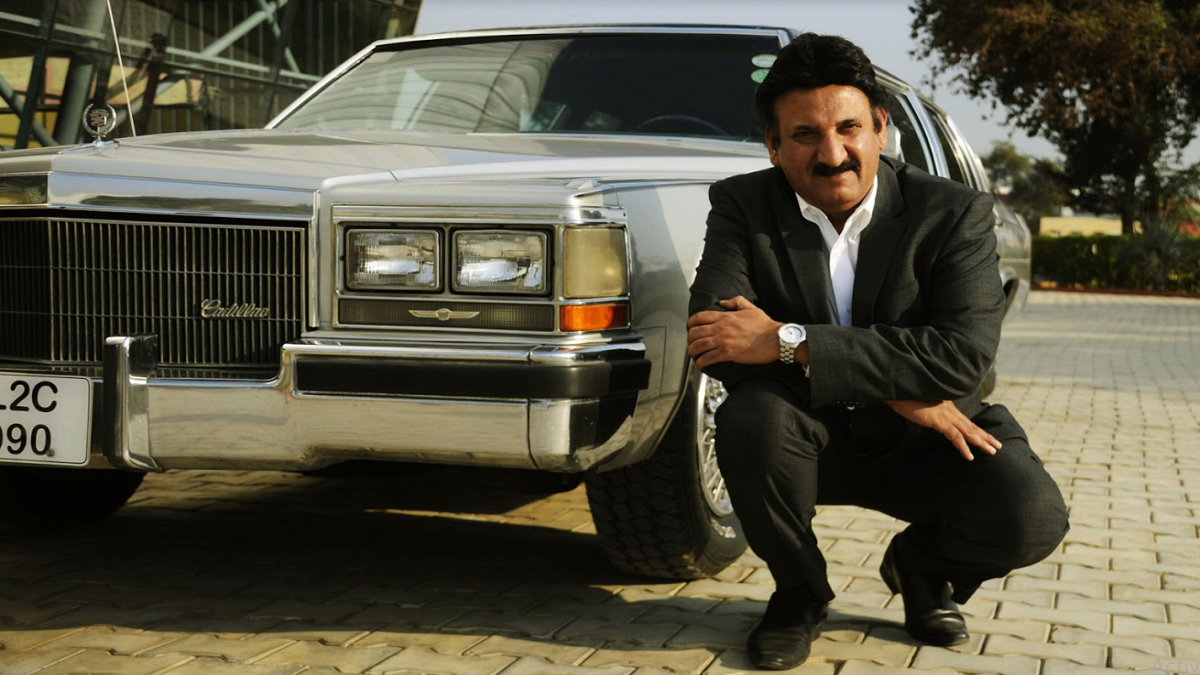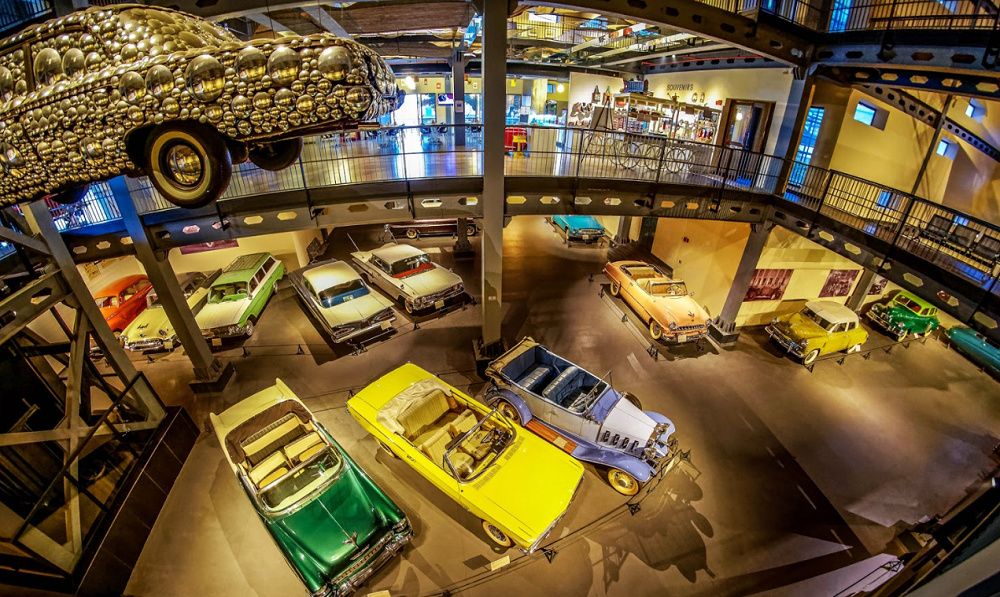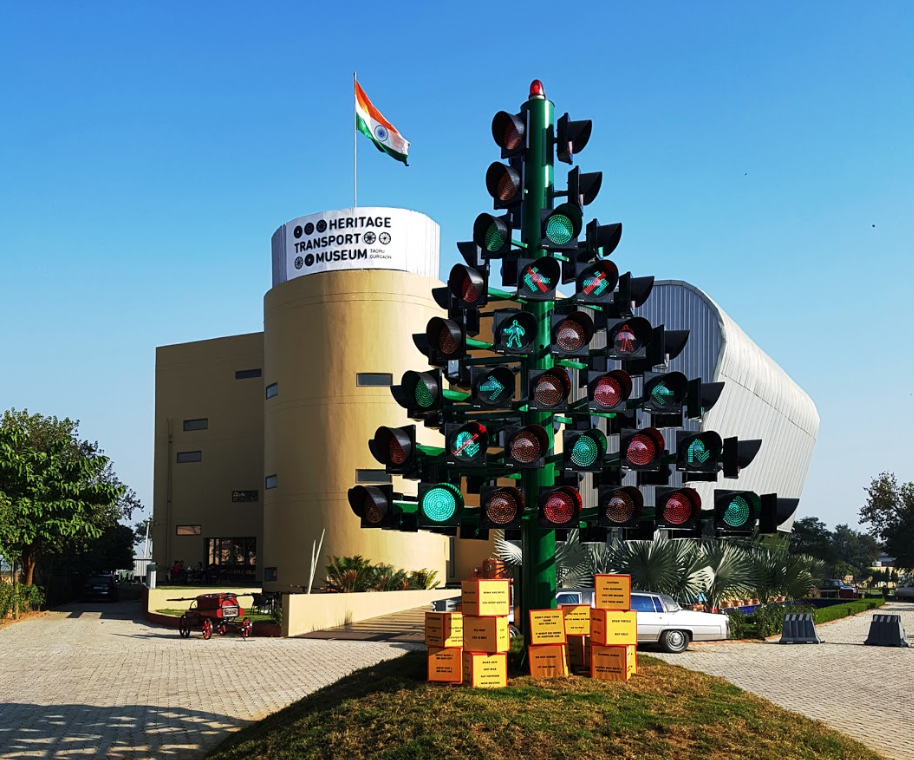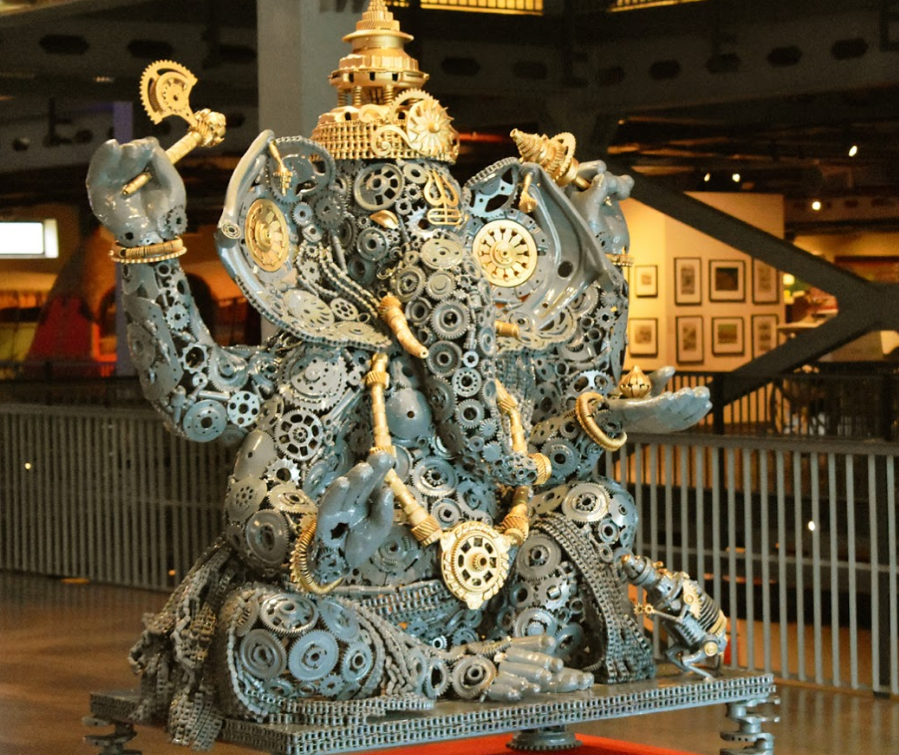


An entity representing a bygone era defines the term “vintage”, taking us back at least 100 years into time. The birth year of the modern vehicle was 1886 when the Benz Patent-Motorwagen was introduced. In the early 1920s, the car, something not visible in a world of horse-driven carriages, was a refreshing novelty for the wonderstruck moneybags. With an American revolution endorsed by Chevy & Ford, these babe magnets heralded the descent of the posh and splashy set of wheels like never seen before. The ageless all-time favourites with their out-of-reach listed prices indicated that only the upper class flush with money could afford to buy these vintage beauties. Taking these badass wheels for a spin was decidedly the ultimate in uber exhibitionism, for the alpha male.
Transitioning to the 1950s where automobile mass production was hailed as the progressive new normal, gone were the days of looking for a coach or bogie for local conveyance. Becoming universally recognised then as the acceptable mode for transport, automated cars helped people to traverse easily, to homes, marketplaces and ports of call. Many commercial economies got escalated by the motorcar industry, with eager enthusiasts sitting tight, waiting for the next automaton beauty to be launched.
With a pressing desire to expose to the maverick a glimpse of the graceful life, Tarun Thakral established the Heritage Transport Museum Trust in 2006. With ample financial aid from the Government of India and donations from corpus funds, the museum was launched in 2013. The intricacies involved in enthusiastic acquisition along with preserving the transport collections is an art mastered by the museum, while helping restore some of the most valued modes of transport on the global landscape. The museum has showcased varying assemblages of add-on collectibles, like rare original lithographs by Thomas Daniel & Solvyns, a Flemish artist who had visited India in 1797.
Selections and alternatives of over 3,500 objects depict spellbinding chronicles revolving around antiquated machine control technology, heavy transport carriages, streetcars, aeronautics and seafaring vessels, exposing the culturati and the car geek to a bevy of memorabilia associated with transport. One of the prized classics is a wood bodied tram from 1940 and a rail bus!
Taking time out from his daily hectic life as the Executive Director, Le Meridien Hotel, New Delhi, Tarun chats with The Daily Guardian about his fervent passion for collecting vintage, classic, rare and much sought after automobiles.



Q. What propelled you to invest in the museum?
A. I was travelling a lot and was fascinated by the museums across the globe, specifically the Berlin Transport Museum, London Transport Museum, the Glasgow Museum. The exhibits were rather impressive, with uber chic designs and innovative spatial décor.
India has a lot of exclusive museums: the Rail Museum, which is quite diminutive. Hindustan Aeronautics in Bengaluru has a museum assigned to aircrafts and aviation. The only other transport museum was the Pranlal Bhogilal Collection in Ahmedabad, and its mainstay pivot was cars. I wanted to create something totally different and contemporary, competing with the world’s finest and nothing less. Pondering upon the fact that India did not have any museum specific to transport, I decided to go head. The journey from start to finish has been marvelous.
Q. What has been the driving force behind this singularly exciting passion?
A. After completing my masters in Hotel Management in Paris in the early 1990s, I returned to India and got busy with my job at Hotel Le Meridien, Delhi. On one of my masti trips to Churu, Rajasthan, I came across my first ever antique car… a 1932 Chevrolet convertible, kept in a state of total disrepair. It was love at first sight and I bought the car for Rs 5,000, which was quite a princely sum at the time. The next couple of years were spent restoring it, with the mechanics working on every single part, to make it drive worthy. The car was a remnant of Partition, with only a gleaming badge of the owner’s name. For me, bringing the car back to life fuelled my passion and over the last 30 years, I have been collecting classics, with extensive research going in.
Q. On the Indian terra firma, do you see the nouveau riche aspiring to covet vintage automobiles, as must-have prized assets, in their already burgeoning repositories?
A. In my eyes, there are two types of collectors. The newly rich that are aspirational, trying to keep up with the Joneses, spending a fortune just to possess a vintage classic automobile, without knowing the real value. And then there is the genuine collector, spending years to find that antique motor car which could hold pride of place in his home. Collecting antique automobiles is an interest exclusive only to those who are passionate about cars.
Q. Which are the five leading cars that have been catalogued as iconic, exceptional, classic and listed as vintage machines, in your private collection?
A. The museum’s Vintage Top Of The Pops Car Collection:
1934 Buick Series 90 Limousine: A rear wheel drive automobile sold by Buick, the limo is a part of Buick’s 90 model series. It’s the only Buick that has been recognised by the Classic Car Club in America. These were the optimum luxury beauties manufactured by Buick, from the years 1931 through to 1942. These glistening vintage classics were furnished with swanky details, making them superior to other cars in their league.
1932 Chevrolet Phaeton: Introduced in 1932, at a time when America was suffering from the Great Depression, the Confederate was at the highest ranking position for car sales. Only 419 cars of this series were manufactured in that year. The car has been in the museum for many years and has been kept in a moisturecontrolled space.
1955 Chevrolet Bel Air Convertible: The 1955 Chevrolet was launched in 1954, for the 1955 model year. One of the most desirable Chevys, the Bel Air Convertible appears in the high class models’ categories of automobiles, much in demand and sought after by automaton enthusiasts and speedsters, with its twodoor hardtop.
1957 Ford Fairlane 500 Skyliner: The Ford Skyliner Retractable dazzled American citizens with its flamboyant styling and stunning engineering design, back in the 1950s. With its attributes of being the only verifiable hardtop coupé convertible, the 1957 Ford Fairlane 500 Skyliner was the second retractable hardtop car in automobile history to be mass produced ever, attracting attention worldwide, with its highly up-scaled pricing.
1938 Ford Convertible: This vintage classic is a top of the line rust-free soft top with all the original parts, and a unique design distinctive with its updated front-end styling from the American car company, Ford. Launched in 1938, this deluxe model has been well restored and is beautifully maintained, with minimal wear and tear.
Q. Are any of the cars at the museum ever hired for movies, advertisements, events?
A. On principle, we don’t send our valuable cars or any other item out. Recently, Mohanlal & Sons, the clothing company, had done a shoot with the models using the cars as a backdrop. When we built the museum, we created conference spaces, so that multinational companies could hire our museum for their training off-sites, especially as we have a lot of outdoor spaces and gardens available. We have even had weddings held in the lawns. Our only condition being that the hosts must encourage the guests to visit the museum, in batches.
Q. Do describe a day at the museum. What can a layperson like me find that is different and considered offbeat and cutting edge?
A. The museum is designed in such a way that the visitor can look in from any angle, with its multiple glass atriums. The galleries have an open design module, with many art installations for the culturati to enjoy, for example, Natraj Sharma, an artist from Baroda, has done a thematic installation called “Air Show”, with multiple aircrafts made in copper and encased in a grid. This installation has been sent to Paris, Tokyo and New York.
Then we have a miniature truck designed by Pooja Iranna, and it’s made purely out of staple pins. For children, we have designed pedal cars for them to spin around in the outdoor areas. The non-ticketing space at the entrance has a souvenir shop and a lovely cafeteria.